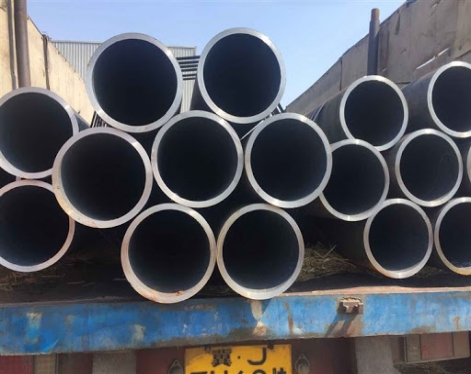
The vacuum heat treatment of steel pipes (such as seamless pipes and welded pipes) is a new heat treatment technology that combines vacuum technology and heat treatment technology. The vacuum environment in which vacuum heat treatment is located refers to the atmosphere environment below one atmospheric pressure, including low vacuum, medium vacuum, high vacuum and ultra-high vacuum.
Read more
Hydraulic steel pipes are basically divided into fluid pipes and oil steel tubes used in hydraulic systems, also known as honing pipes, and cold drawn or cold rolled seamless steel pipes also include hydraulic steel pipes.
Read more
Sand blasting, also known as sand blasting, is a surface treatment method that uses high-speed jets of sand to polish the metal surface to remove rust, scale and dirt, while improving the roughness of the metal surface. Why is steel pipe (such as seamless pipe or welded pipe) required to be sandblasted before anticorrosion?
Read more
Water quenching is a very common quenching agent for heat treatment of steel pipes (seamless pipes or welded pipes), which can rapidly reduce the temperature during high-temperature treatment to achieve cooling of steel pipe metal.
Read more
Wear-resistant pipes are wear-resistant pipes and wear-resistant pipes, mainly including wear-resistant straight pipes, elbows, tees, big and small heads, square and round joints, variable diameter pipes and other structural parts. It is a pipeline mainly used for the transportation of abrasive materials such as pneumatic and pumped slurry.
Read more
High-frequency quenching is mostly used for surface quenching of steel pipes (seamless pipes and welded pipes). It is a metal heat treatment method that generates a certain induction current on the surface of steel pipes, rapidly heats the surface of steel pipes, and then rapidly quenches them. Induction heating equipment, that is, equipment for inductively heating steel pipes for surface quenching.
Read more